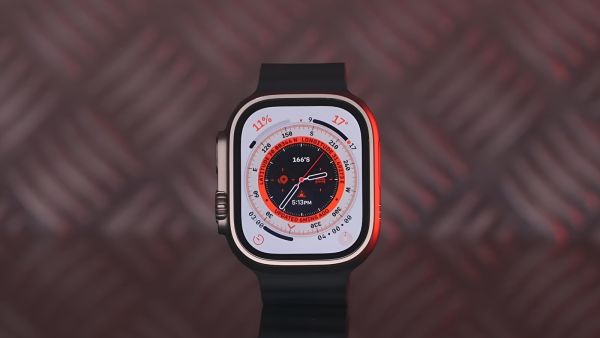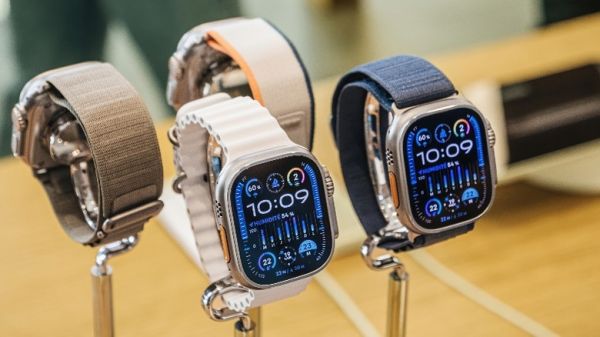Since its debut in 2015, the Apple Watch has consistently seen improvements in its hardware. Newer generations of the Apple Watch sport features like an ECG app, blood oxygen monitoring, and sensors that can detect falls. All these safety features of the Apple Watch are in addition to everything the wearable can already do — including the ability to translate text and voice, or view Live Activities from your iPhone.
Advertisement
The many features offered make it easier for you to customize any Apple Watch just the way you want. If you pick the GPS + Cellular models, you can do more on your Apple Watch without having to bring your iPhone along.
To keep up with all the workout tracking features and making sure you’re connected to your iPhone or the internet at all times, the Apple Watch requires fairly powerful hardware, but also a source of power capable of providing more than just a few hours of battery use. This begs the question — which Apple Watch should you go for, if battery life is an important metric?
How long does each Apple Watch last?
Like most of its other product lineups, Apple offers a few options for its wearable smartwatch. These differ not just in screen real estate, but also how long they last on a single charge. Currently, the 2024 lineup in Apple’s catalog includes the Apple Watch SE (2nd generation), Apple Watch Series 10, and the chunky Apple Watch Ultra 2.
Advertisement
According to the technical specifications disclosed by Apple, both the Apple Watch SE and Series 10 smartwatches can last up to 18 hours on full battery, with the latter stretching this number up to 36 hours when in the Low Power Mode. While the Apple Watch SE sports the battery saver mode as well, Apple hasn’t published how many hours it adds, though you can expect it to bring a reasonable improvement in battery life.
The Apple Watch Ultra 2 takes the crown by doubling its battery life to up to 36 hours with regular use, and up to twice as much at 72 hours when in the Low Power Mode. This makes perfect sense since the Ultra is geared towards people involved in extreme sports where battery life is of crucial importance.
Advertisement
Both the higher-end models also support fast charging, with the Watch Ultra 2 giving you 80% of juice with an hour’s worth of charging. The recently launched Apple Watch Series 10 cuts the time it takes to hit 80% down to just 30 minutes.
How Apple evaluates the battery life on its watches
Apple usually is generous when it comes to advertising battery specs, which is something we’ve experienced in our review of the Apple Watch Series 10, where the device exceeded the 18-hour estimate. Each company has its own way of evaluating device performance, and the actual battery life you’ll receive out of your Apple Watch will vary depending on your use.
Advertisement
According to Apple, the battery life of each model is tested based on typical usage patterns, like how often you check the time, receive notifications, or use apps on the watch. For instance, Apple measured the 18-hour claim on the Series 10 watch based on 300 time checks, 90 notifications, 15 minutes of app use, and an hour of workout tracking. The Low Power Mode doubles these metrics by turning off the always-on display, and disabling most of the automatic background sensor readings.
There are several tips that might help you improve battery life on your Apple Watch, such as making sure it’s running the latest version of watchOS, limiting background app refresh, or disabling the always-on display if it’s something you can live without. You can even check your Apple Watch’s battery health to determine if it needs servicing.
Advertisement










